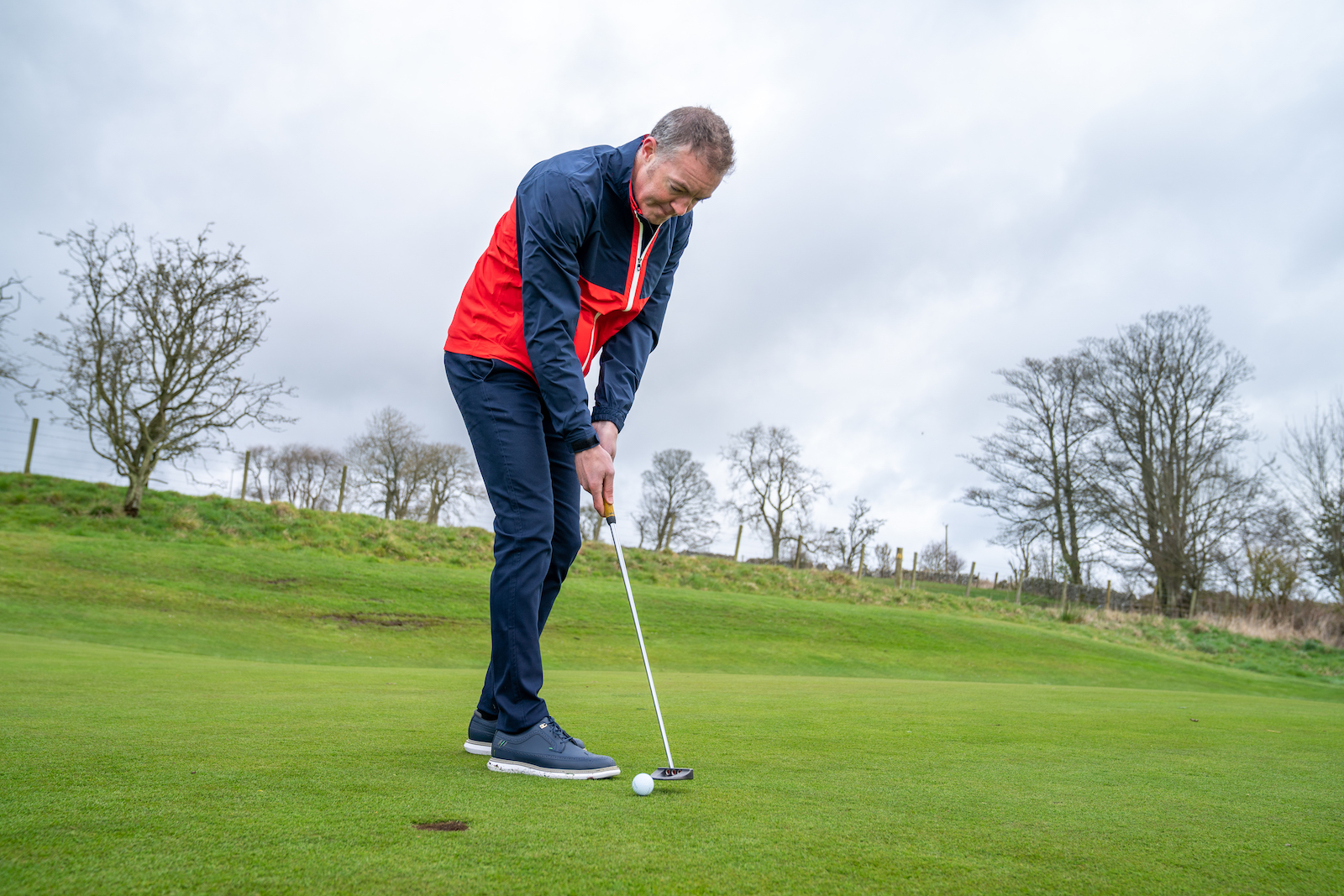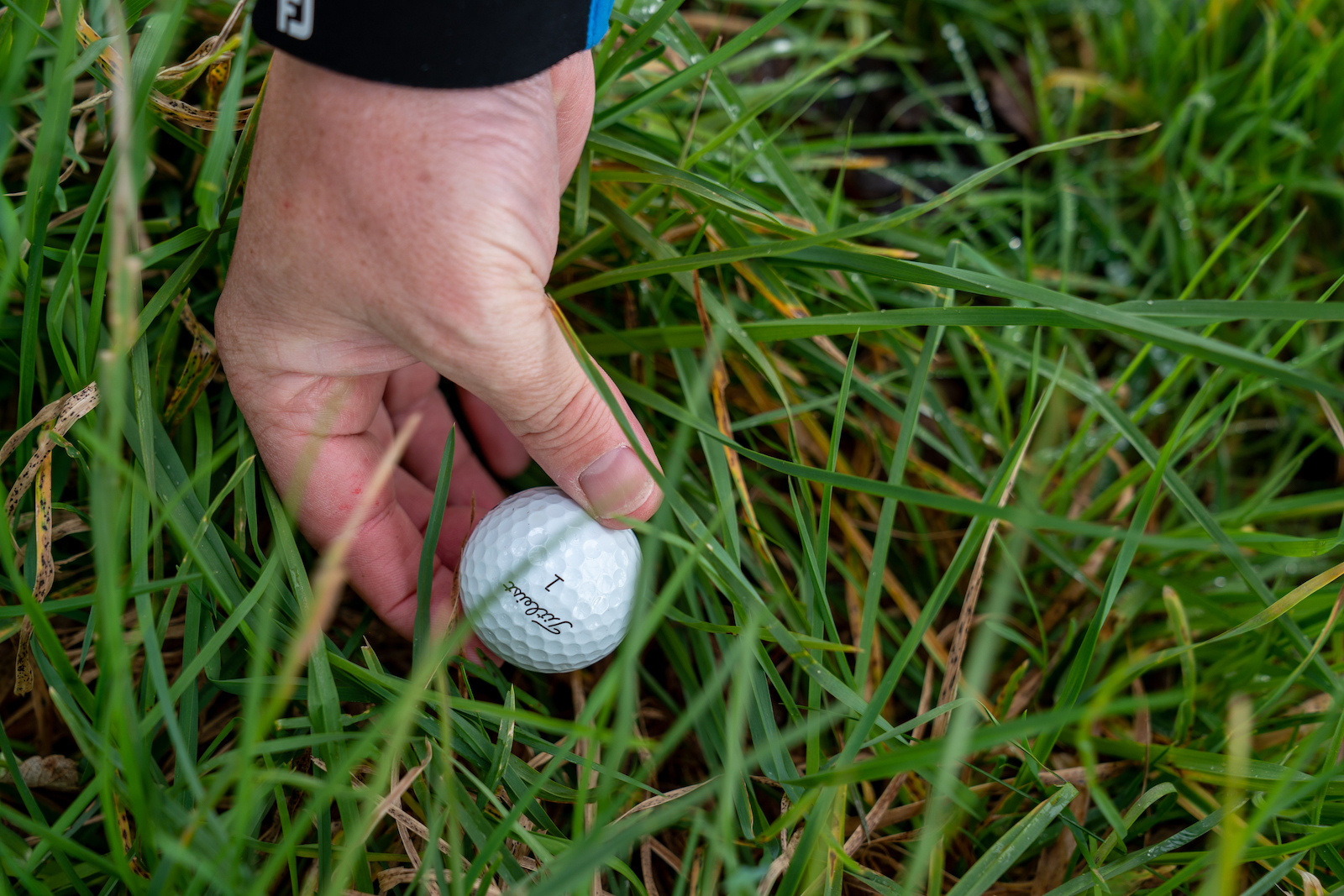7 Surprising Golf Rules That Could Catch You Out
We take a look at a selection of perhaps surprising golf rules that could just trip you up out on the course


There are 24 Rules in the current Rules of Golf book, but although the latest revisions in 2019 sought to simplify things in some areas, there’s no doubt that knowing exactly what to do in each and every different scenario you might encounter is still a big ask.
In the video and article below, we look at seven different Rules scenarios that could potentially trip you up, explaining each situation and highlighting how to go about things in a way that will prevent you incurring any penalties or falling foul of any Rules you may not be fully aware of.
1) Trying to find out what club another player has hit
There are important distinctions between what is allowed and what is not here. Under the Rule covering ‘advice’ (10.2) you are not allowed to ask another competitor what club they have just hit (other than your own partner!) but you may look in their bag to either see what club is missing or which one they put back.

There is nothing to stop you looking to see what another player has hit... but you can't touch anything!
However, what you can’t do is touch their equipment in the process – so you can’t move a headcover, towel or bag cover to get a better look. That would constitute a breach of Rule 10.2 for which you would get the general penalty (loss of hole in matchplay or two strokes in strokeplay).
2) Backstopping
Backstopping is basically leaving a ball in place on the putting green that could assist another player if their ball were to strike it, thus potentially ending up in a better position than it would have done had it not done so.
In stroke play, if two players agree to leave a ball in place on the putting green that could assist one player, there would be a two-stroke penalty to both parties under Rule 15.3a.
This Rule is in place for shots played from off the green only as, in stroke play, if you make a stroke from on the green that strikes another ball at rest on the green, there is a two-shot penalty - so no-one would want to knowingly risk that anyway.
Subscribe to the Golf Monthly newsletter to stay up to date with all the latest tour news, equipment news, reviews, head-to-heads and buyer’s guides from our team of experienced experts.
3) Sprinkler head on your line on the fringe
It’s important to know that this is not an automatic relief scenario under the Rules of Golf. Yes, if your ball actually lies on the sprinkler head or it would interfere with your stance or area of intended swing, you would be entitled to free relief, but not just because it is on your line and you really want to putt it.

Take care here - there is no relief available unless a suitable Local Rule is in force
However, some courses will have a Local Rule allowing relief if your ball lies within two club-lengths of a sprinkler head on your line that is also within two club-lengths of the putting green. But if no such Local Rule exists, there is no free relief, so always check the scorecard or notice board for the Local Rules.
4) No penalty if your ball accidentally hits you
There is now no penalty if your ball accidentally hits you – e.g., after a ricochet off a tree or bunker face (Rule 11.1a). The penalty for this scenario was still two shots as recently as 2007. In 2008, it changed to one shot and from 2019 to no penalty. So don’t let anyone tell you that there is a penalty if your ball accidentally strikes you!
5) Accidental movement of your ball
The default position in the Rules of Golf is that there is still a penalty if you move your ball at rest, even if accidentally. Many golfers now believe that there's no penalty if you accidentally move your ball in the general area in particular, possibly because they have mistakenly read too much into certain exceptions that do now exist - no penalty for accidental movement of your ball on the putting green (even on a practice stroke) or when searching for your ball. There is also no penalty if you accidentally nudge your ball off a tee peg in the teeing area because the ball is not yet in play at that point.

If you move your ball at rest in the general area of the course - even if accidentally - you will be penalised
But in the general area, bunkers or penalty areas, there is still a one-stroke penalty for moving your ball at rest, even if accidentally. And you must also remember to replace it back to where it was lying, too, before playing your next shot to avoid a two-shot penalty for playing from a wrong place (Rule 9.4).
6) Finishing off in matchplay
If you knock it to two and a half feet and your opponent doesn’t give you the putt, you can't go ahead and tap it in in matchplay as you would be able to in strokeplay.

If you tap in out of turn in matchplay, you may, at your opponent's discretion, be asked to replay the stroke
While tapping in would now be encouraged in strokeplay as part of the ready golf drive, it’s not the same in matchplay, where it would constitute playing out of order. While there is no penalty for this, you could be asked to replay the stroke by your opponent if you make the putt.
7) Identifying your ball
When you can’t quite see if a ball you’ve found is yours and want to be able to identify the ball, many - maybe even most - golfers simply pick it up to check without first marking the ball’s position.

If you lift your ball to identify it without first marking its position, as here, you will be penalised
You must still mark the ball’s position before lifting it to identify it, even if you no longer have to have someone else observe the lifting process. There is a penalty shot if you don’t mark the ball’s position first before lifting it to identify it.

Jeremy Ellwood has worked in the golf industry since 1993 and for Golf Monthly since 2002 when he started out as equipment editor. He is now a freelance journalist writing mainly for Golf Monthly. He is an expert on the Rules of Golf having qualified through an R&A course to become a golf referee. He is a senior panelist for Golf Monthly's Top 100 UK & Ireland Course Rankings and has played all of the Top 100 plus 91 of the Next 100, making him well-qualified when it comes to assessing and comparing our premier golf courses. He has now played 1,000 golf courses worldwide in 35 countries, from the humblest of nine-holers in the Scottish Highlands to the very grandest of international golf resorts. He reached the 1,000 mark on his 60th birthday in October 2023 on Vale do Lobo's Ocean course. Put him on a links course anywhere and he will be blissfully content.
Jezz can be contacted via Twitter - @JezzEllwoodGolf
Jeremy is currently playing...
Driver: Ping G425 LST 10.5˚ (draw setting), Mitsubishi Tensei AV Orange 55 S shaft
3 wood: Srixon ZX, EvenFlow Riptide 6.0 S 50g shaft
Hybrid: Ping G425 17˚, Mitsubishi Tensei CK Pro Orange 80 S shaft
Irons 3- to 8-iron: Ping i525, True Temper Dynamic Gold 105 R300 shafts
Irons 9-iron and PW: Honma TWorld TW747Vx, Nippon NS Pro regular shaft
Wedges: Ping Glide 4.0 50˚ and 54˚, 12˚ bounce, True Temper Dynamic Gold 105 R300 shafts
Putter: Kramski HPP 325
Ball: Any premium ball I can find in a charity shop or similar (or out on the course!)